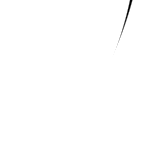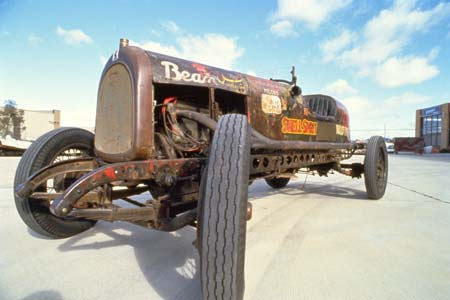

| site search byfreefind | |||
|
|||

Bean Cars History
Bean Cars were made between 1919
and 1929. The cars were produced in Dudley and Tipton,
Staffordshire, England. The first Bean was a resurrection of
the pre-World War I Perry car, which had been taken over by
A. Harper, Sons & Bean Ltd. Rated at 11.9 RAC horsepower,
the 1147-cc 4-cylinder engine was linked to a separate
3-speed gearbox. The car in chassis form initially cost
£400, but this was reduced to £245. A four-seat open body
was £80.
In 1926, the company was taken over by steel supplier
Hadfields, from Sheffield. From 1927, the cars were called
the Hadfield Beans. Australian expeditionary Francis Birtles
made a number of epic and record breaking journeys in Bean
Cars, including being the first person to drive from England
to Australia in 1927.
Bean 14 motor vehicle
Francis Birtles drove this modified Bean 14 motor vehicle in two record-breaking journeys. In 1926 Barlow Motors, Bean Car's Melbourne agent, commissioned him to drive the vehicle from Darwin to Melbourne. At 4 o'clock on the morning of 23 October, Birtles and co-driver Alec Barlow left Darwin on the 3380-mile dash to Melbourne. Travelling through Katherine, Dajarra, Cunnamulla, Bourke, Sydney and Albury, they arrived in Melbourne eight days and 13 hours later, a record for the time.
Twelve months later, on 19 October, Birtles and the Bean left Australia House in London on a 281-day journey that would take them through Europe, Egypt, Persia, India, Burma (now Myanmar) and Malaya to Darwin. Much of their route had never been travelled by motor vehicle before. The journey ended at the Elizabeth Street post office in Melbourne where Birtles was asked to drive on by the police because he was creating a traffic hazard. This journey was not repeated until 1955-1956.
Bean Cars Ltd presented the Bean to the Australian Government in January 1929 on condition that it was 'placed in the Museum at Canberra'. It became part of the National Historical Collection in 1980.


